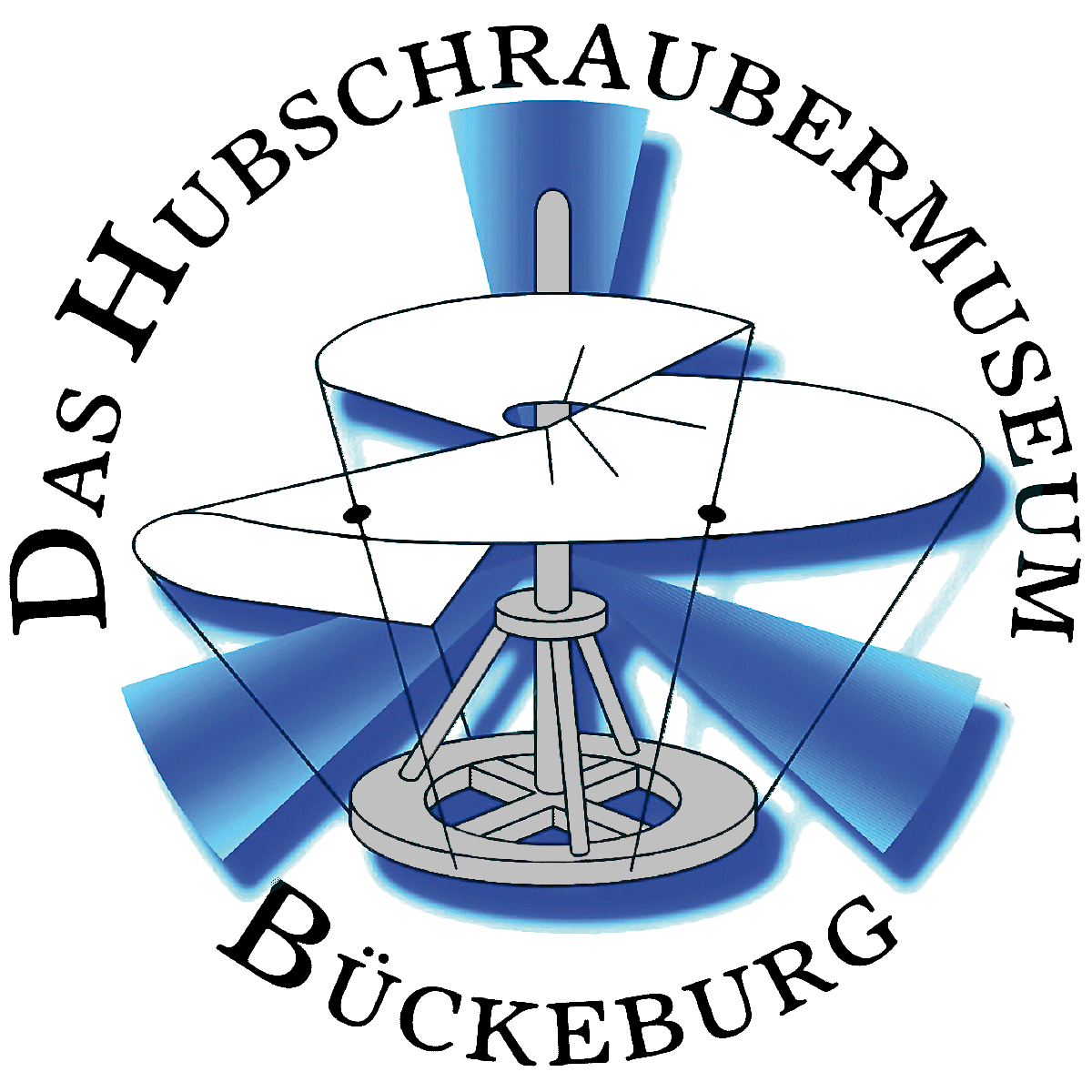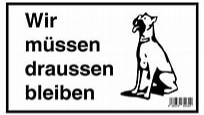Nagler-Rolz-EN
Nagler-Rolz
Bruno Nagler and Franz Rolz
Bruno Nagler, an Austrian, started in 1929 to assist Raoul Hafner in England on his gyrocopters. In 1935, he returned to Austria and joined with Franz Rolz to create ultra-light helicopters. They had their first efforts completed in 1940. They conducted free flights with their two single-seated small helicopters, NR-54 and NR-55.
Nagler-Rolz NR 54:
The model was built in 1941 as a foldable rucksack helicopter. It was principally based on a pyramide-shaped undercarriage with a rotor rotating above. The initial version NR-54 V-1 had a mono-bladed rotor with a radius of 3.965 m. A 24-shp motor was attached to this blade, about 3.00 m from the axis. This motor powered counterrotating propellers. This arrangement turned out to be disadvantageous, the aircraft was never airborne. The NR-54 V-2 had a normal two-bladed rotor with a diameter of 7.93 m instead of the mono-bladed rotor. Each rotor blade carried an 8-shp Argus engine with a propeller. This construction proved to be reliable. The rate of descent in a vertical descent without engine was below 4.8 m/sec.
Nagler-Rolz NR 55:
In 1940, the single-seated model NR-55 was completed. It had larger dimensions than the NR-54, but was also equipped with standard propellers for driving the rotor blades. The powerplant was a 40-shp engine driving counter-rotating propellers mounted on the rotor blades, about 2.27 m from the axis. Fuel tank and carburettor were mounted on the rotor axis. The rotor was able to turn at 135 rpm and was equipped with an automatic pitch control system reaching from 12° to the auto-rotation setting of 4°. A number of successful test starts were also made with this model.



